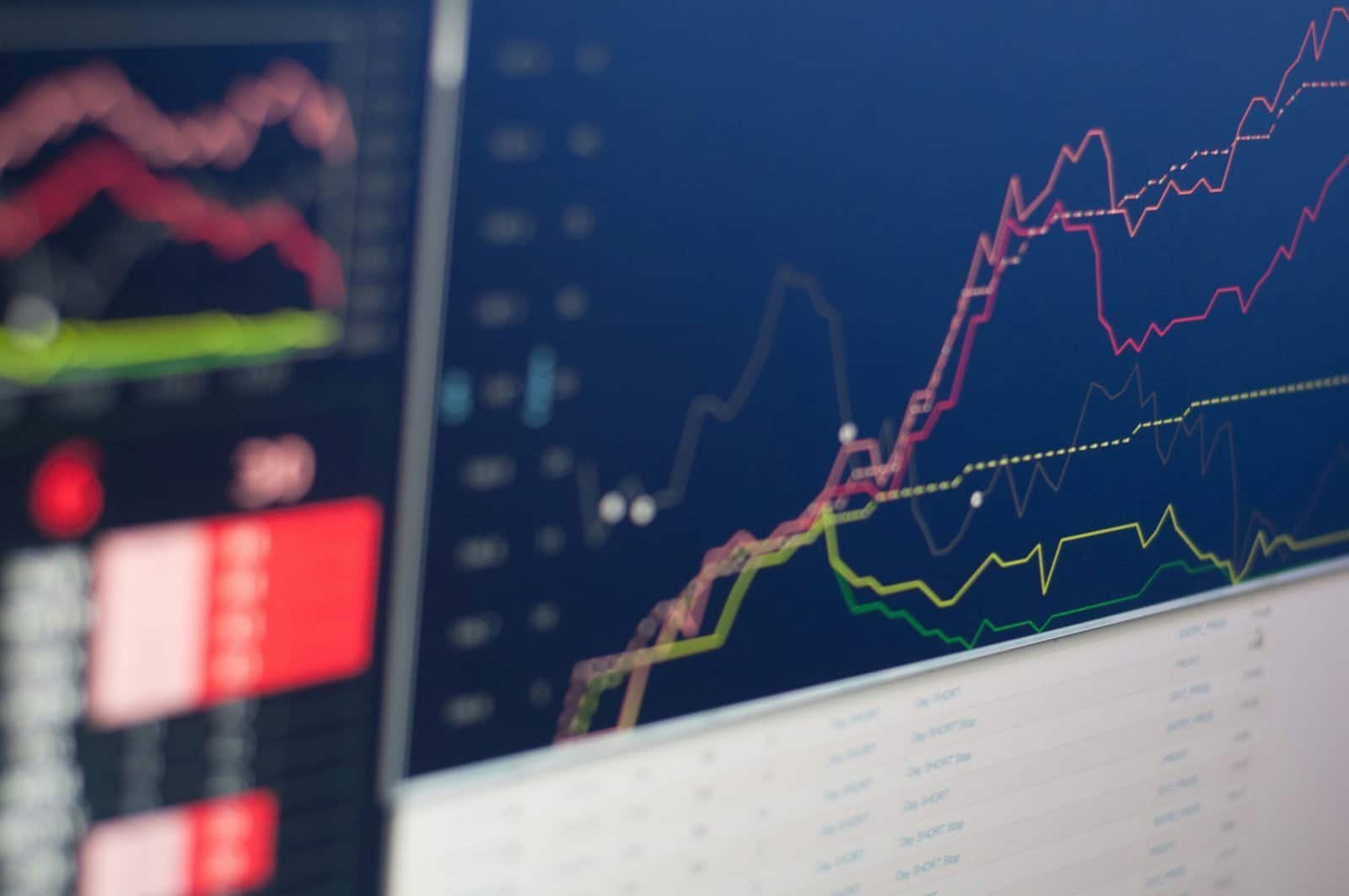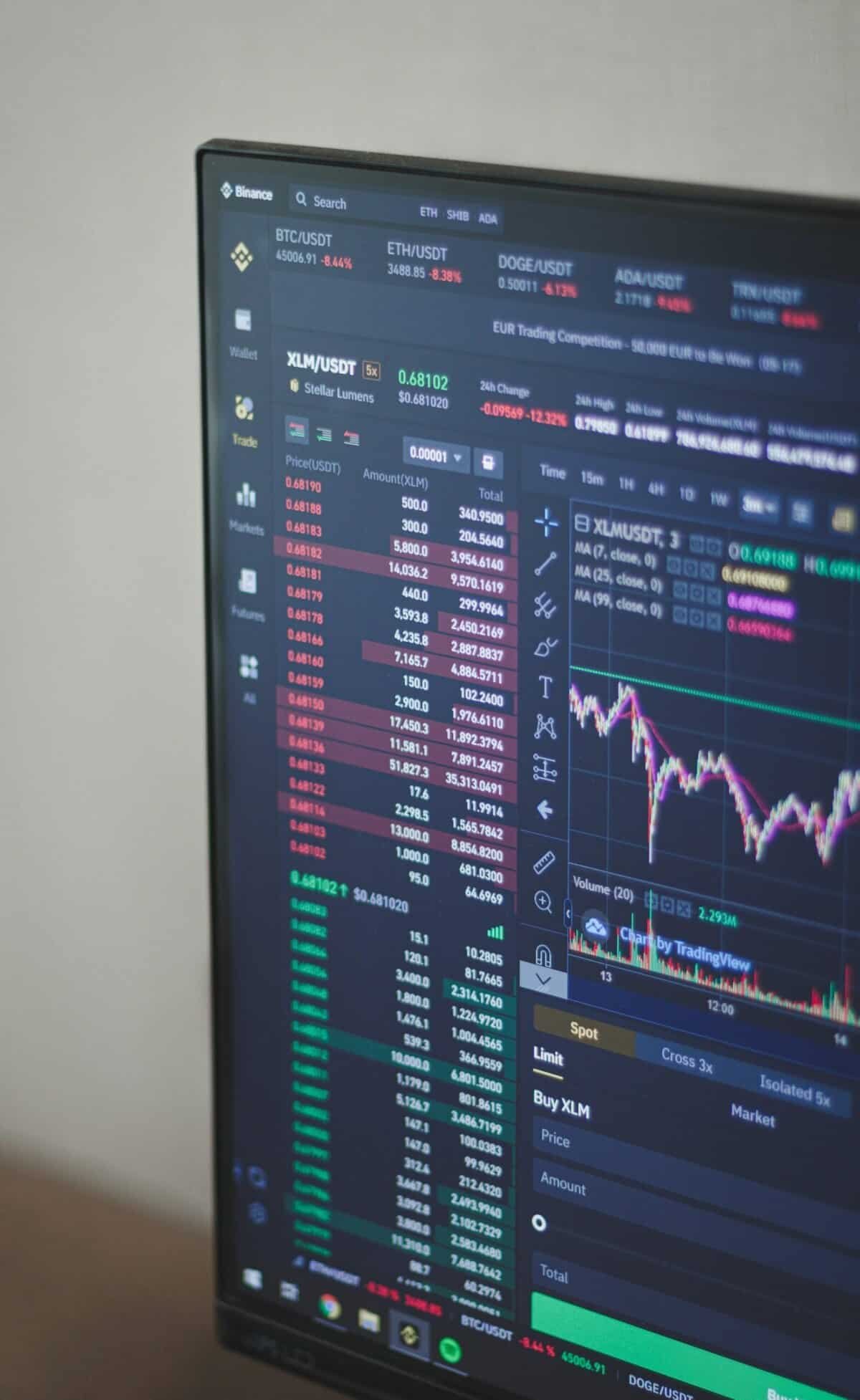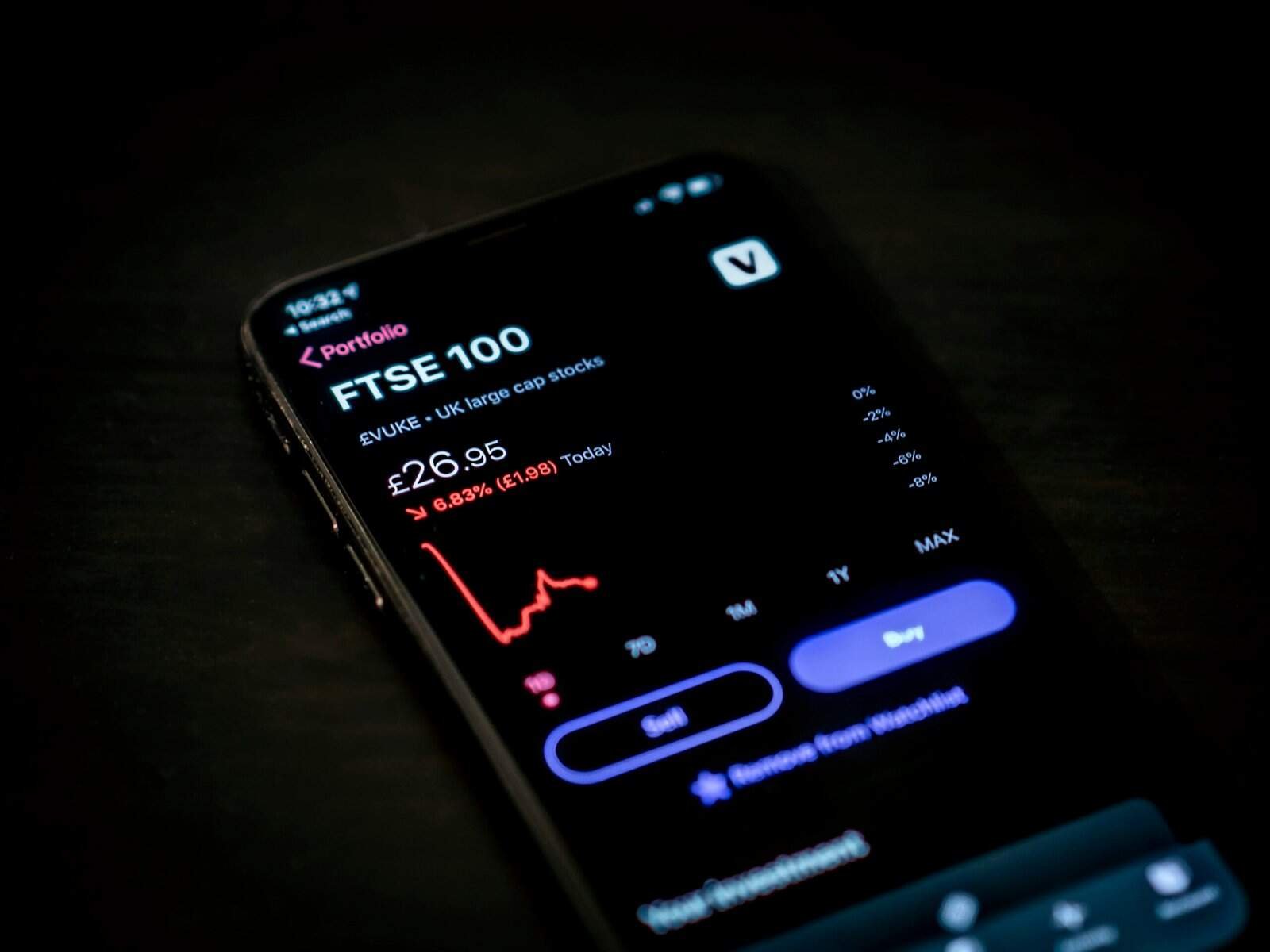Which exchanges should you consider as a long-term investor when you’re building a durable portfolio?
Which Exchanges Are Best For Long-term Investors?
You want exchanges that support compound growth, offer reliable access to high-quality companies, and reduce unnecessary risks or costs over decades. This article walks you through the factors to weigh, the exchanges that are most appropriate for long-term strategies, how to access them, and practical steps to pick the right mix for your goals.
What Matters for Long-term Investors
Choosing an exchange isn’t just about raw returns you might get in the short term. For multi-year or multi-decade investing, structural features of exchanges and the markets they serve matter enormously.
Liquidity and Depth
You should prefer markets with deep liquidity because they make entry and exit easier without wide price slippage. Deep markets also tend to have tighter bid-ask spreads, which lowers your implicit trading costs over time.
Regulatory Strength and Investor Protection
Strong regulation and enforcement reduce the risk of fraud, accounting failures, and market manipulation. You’ll sleep better knowing the exchange’s regulator requires transparent disclosure and enforces corporate governance standards.
Listing Standards and Corporate Governance
Exchanges with higher listing standards often host firms with better governance, audited reporting, and minimum financial thresholds. Those qualities matter if you plan to hold companies for long stretches.
Access and Tradability
Consider how easily you can buy and sell on the exchange through your broker, and whether the exchange supports ETFs and index funds you can use for passive exposure. Accessibility reduces friction in maintaining your long-term allocation.
Currency Exposure and FX Costs
Holding securities listed in foreign currencies adds currency risk and FX transaction costs. You should understand whether your broker offers multi-currency accounts or hedged ETF alternatives.
Costs and Taxes
Transaction fees, foreign exchange fees, stamp duties, and withholding taxes on dividends can all accumulate and erode long-term returns. Know the tax treaties and local taxes that affect dividend payouts and capital gains.
Market Structure and Settlement
Short settlement cycles, reliable clearinghouses, and strong custody arrangements lower counterparty and settlement risk. You’ll want markets with well-developed infrastructure to protect long-term holdings.

Top Exchanges to Consider
Below are exchanges that commonly make sense for long-term investors, with practical notes about what each offers and where they might fit in your strategy.
New York Stock Exchange (NYSE)
The NYSE hosts some of the largest global companies and a huge variety of sectors, from energy and industrials to consumer staples. If you want exposure to established blue-chip firms and a broad range of large-cap ETFs, the NYSE is a cornerstone for long-term portfolios.
NASDAQ
NASDAQ is technology-heavy and home to many growth-oriented firms. If your long-term thesis includes exposure to high-growth sectors like software, semiconductors, and biotech, NASDAQ provides deep liquidity and innovative listings.
London Stock Exchange (LSE)
The LSE is a major hub for international and UK-based companies, and it’s particularly good if you want exposure to energy, mining, and financial services. The LSE’s dual-class and global depositary receipt frameworks can also facilitate indirect access to many foreign issuers.
Toronto Stock Exchange (TSX)
TSX is strong for natural resources (mining, energy) and financials. It’s a good fit if you want long-term exposure to commodity businesses or Canadian dividend-paying companies, often with favorable corporate governance and investor protections.
Euronext
Euronext spans several major European markets (Paris, Amsterdam, Brussels, Lisbon, etc.). It’s a practical way to get diversified exposure to European large caps and many ETFs that track pan-European indices.
Hong Kong Exchanges (HKEX)
HKEX connects Chinese mainland opportunities with international capital. For long-term investors targeting Chinese and Greater China growth, HKEX offers access to large consumer and tech names, though you must weigh regulatory and geopolitical risks.
Deutsche Börse (XETRA)
Deutsche Börse, which runs the XETRA platform, is central for European financials, industrials, and luxury goods. It’s reliable, highly liquid, and home to many well-governed German and European blue-chips.
Singapore Exchange (SGX)
SGX can offer diversified Asian exposure with a reputation for regulatory stability. You’ll find strong financials, REITs, and commodity-related companies; SGX also lists many ADR-type instruments that track foreign securities.
Australian Securities Exchange (ASX)
ASX is notable for resources, financial services, and REITs. It’s investor-friendly, with well-developed ETFs and a history of dividend-paying companies, which is attractive for income-focused long-term strategies.
Bombay Stock Exchange (BSE) and National Stock Exchange (NSE)
If you want exposure to India’s growth story, BSE and NSE host many fast-growing companies across tech, consumer goods, and financials. Expect higher growth potential and potentially higher volatility and regulatory nuance.
B3 — Brasil Bolsa Balcão (B3)
B3 provides exposure to Latin America’s largest economy. It’s useful for long-term investors who want commodity-driven sectors and financials, but you should account for currency and political risk.
Comparative Table: Key Exchange Features
The table below highlights major attributes you should examine at a glance. Use it to decide which exchanges align with your long-term goals.
| Exchange | Country/Region | Typical Currencies | Strengths for Long-term Investors | Typical Sectors | Accessibility |
|---|---|---|---|---|---|
| NYSE | USA | USD | Deep liquidity, strong governance, broad ETFs | Tech, financials, consumer, energy | Widely available via most brokers |
| NASDAQ | USA | USD | High-growth companies, tight spreads, tech heavy | Tech, biotech, software | Widely available |
| LSE | UK/Intl | GBP | Global listings, strong governance, ETF friendly | Financials, mining, energy | Widely available; stamp duty may apply |
| TSX | Canada | CAD | Resource exposure, dividend stocks, investor-friendly | Mining, energy, financials | Many brokers offer access or ETFs |
| Euronext | Europe | EUR | Diversified European exposure | Industrials, luxury goods, financials | Accessible via global brokers |
| HKEX | Hong Kong/China | HKD | Access to Chinese companies, dual-listings | Tech, consumer, finance | High access but watch regulatory risks |
| Deutsche Börse (XETRA) | Germany/Europe | EUR | Strong trading infrastructure, export/industrial names | Industrials, auto, finance | Broad broker access |
| SGX | Singapore/Asia | SGD | Stable regulatory framework, REITs and finance | REITs, finance, commodities | Accessible; Asian gateway |
| ASX | Australia | AUD | Dividend culture, resources sector | Mining, finance, REITs | Broad access; ADRs/ETFs available |
| NSE / BSE | India | INR | High growth potential | Tech, consumer, finance | Access via global brokers or ETFs |
| B3 | Brazil | BRL | Commodity exposure and local champions | Financials, commodities | Access via ETFs or international brokerages |

How to Access These Exchanges
You don’t need to open brokerage accounts in every country to get exposure. There are practical, lower-friction routes to invest across multiple exchanges.
Domestic Brokerage with International Access
Many large brokers provide access to major global exchanges through a single account. This path is convenient but check FX fees, commissions, and whether fractional shares are supported.
ADRs and GDRs (American/Global Depositary Receipts)
ADRs and GDRs let you own foreign companies that trade on exchanges like NYSE or OTC markets in your home currency. They simplify FX and custody but can have additional fees.
ETFs and Mutual Funds
ETFs that track foreign indices or sectors may be your most efficient route for diversified long-term exposure. They remove single-company risk and reduce trading friction.
Local Brokerage Accounts
If you want direct ownership and access to small-cap or niche opportunities, a local account on the target exchange is an option. Expect KYC hurdles, tax reporting complexity, and possible additional fees.
Fractional Shares and DRIPs
Some brokers offer fractional share buying and dividend reinvestment plans (DRIPs) across foreign markets. Fractional ownership helps you implement consistent contribution strategies.
Strategies for Long-term Investors by Exchange
Different exchanges lend themselves to different long-term strategies. You can tailor your approach depending on what the exchange commonly offers.
Core Equity Exposure (NYSE, LSE, Euronext)
Use broad-market ETFs or low-cost index funds listed on these exchanges as the backbone of your portfolio. They give you stable exposure to mature, highly liquid companies.
Growth Tilt (NASDAQ, NSE)
If you want tech and innovation exposure, consider NASDAQ and India’s NSE for a growth tilt. Use sector ETFs or selective quality growth stocks, but be prepared for higher volatility.
Income and Dividend Growth (TSX, ASX)
For income-focused long-term investors, TSX and ASX have large populations of dividend-paying companies and REITs. Consider dividend-growth strategies and tax-efficient wrappers.
Emerging Market Allocation (B3, NSE, HKEX)
Use these exchanges for controlled exposure to faster-growing economies. Prefer diversified ETFs and global funds to avoid idiosyncratic political and corporate risk.
Resource and Commodity Exposure (TSX, ASX, LSE)
If commodities are part of your long-term thesis, these exchanges host many resource companies and associated ETFs. Remember commodity cycles can be long and volatile.

Costs and Taxes to Watch
Long-term returns are sensitive to recurring costs and tax leakage. Be proactive about understanding them for each exchange you use.
Transaction and Broker Fees
Compare commissions, minimum trade sizes, and FX spreads across brokers. Small differences compound over decades.
Currency Conversion Fees
Every time you buy or sell in a foreign currency you may pay FX fees. Some brokers offer multi-currency accounts to minimize these costs.
Withholding Taxes on Dividends
Many countries withhold tax on dividends paid to foreign investors. Know the rates and whether tax treaties apply to reduce withholding.
Local Trading Taxes or Stamp Duties
The UK has stamp duty on certain transactions; other markets may have transaction taxes or levies. These need to be factored into long-term cost estimates.
Capital Gains Tax and Reporting
Your home-country tax rules around foreign capital gains can determine whether an exchange is tax-efficient for you. Also consider foreign tax credits to avoid double taxation.
Corporate Governance and Listing Standards
Stronger listing and governance standards tend to produce fewer corporate surprises over the long run.
High Standards: NYSE, LSE, TSX
These exchanges require rigorous reporting, minimum float and market cap thresholds, and independent board requirements. That often correlates with lower long-term governance risk.
Variable Standards: HKEX, B3, NSE
Exchanges in rapidly growing economies can have energetic listing environments with varying enforcement intensity. That can offer higher returns but higher oversight risk.
How You Should Use This
You should prefer exchanges with reputable listings for the core of your long-term holdings and use more frontier markets as a smaller satellite allocation if you want higher growth potential.

Risks Specific to Exchanges
Every exchange carries its own set of risks that can affect your long-term position.
Political and Regulatory Risk
Government policies, sanctions, or changes in listing rules can materially impact companies on the exchange. Keep a close eye on geopolitical relationships for markets like HKEX, B3, and others.
Currency Volatility
Currency swings can materially alter your returns; a strong home currency can reduce the value of foreign holdings. Decide whether you will hedge currency exposure or accept variability as part of diversification.
Market Access and Operational Risk
Some smaller or frontier exchanges may have outages, settlement delays, or limited hours. These operational risks can complicate rebalancing or tax planning.
Liquidity Crunches
Even liquid exchanges can experience episodes of illiquidity. Avoid over-concentrating in tiny foreign listings where exiting a position could be difficult.
Practical Checklist to Choose an Exchange
Use this checklist to evaluate any exchange before allocating a long-term portion of your portfolio:
- What is my objective for this allocation (growth, income, diversification)?
- Does the exchange have sufficient liquidity for the position size you plan?
- What are the listing standards and regulatory quality?
- How will currency exposure affect returns and volatility?
- What taxes and withholding rates apply, and are there treaties to reduce those?
- What are the broker commissions, FX spreads, and custody fees?
- Do ETFs or ADRs exist that accomplish the same exposure with lower friction?
- How easy is reporting for your tax jurisdiction (capital gains, dividends)?
- What operational or political risks are material over multi-year horizons?

Sample Portfolio Allocations by Investor Type
Below are illustrative allocations to show how you might split exposure among exchanges and asset types depending on tolerance for risk and time horizon. These are examples, not recommendations tailored to you.
| Investor Type | Core (Domestic ETFs/index funds) | Developed Intl (NYSE/LSE/Euronext) | Emerging/Asia (HKEX/NSE/B3) | Resource Markets (TSX/ASX) | Alternatives (REITs/Commodities) |
|---|---|---|---|---|---|
| Conservative | 70% | 20% | 5% | 3% | 2% |
| Balanced | 50% | 25% | 15% | 6% | 4% |
| Growth | 30% | 30% | 25% | 8% | 7% |
You should adjust proportions for risk tolerance, tax situation, and investment knowledge.
Practical Steps to Implement Access
After choosing exchanges, execute the plan through these actionable steps.
1. Choose a Brokerage with Needed Access
Pick a broker that provides low-cost access to your intended exchanges, offers reasonable FX spreads, and supports tax reporting.
2. Decide Between Direct Stocks vs ETFs/ADRs
For most investors, ETFs are the simplest route to global diversification. Choose direct stocks if you have the ability and research edge.
3. Set a Rebalancing and Contribution Plan
Automate periodic contributions and rebalancing. Over time, rebalancing prevents unintended drift and realizes disciplined compounding.
4. Monitor Fees and Tax Changes Annually
Tax treaties and transaction fees can change; make an annual review to confirm your access remains efficient.
5. Implement Currency Strategy
Decide whether to hedge currency risk for portions of your holdings or accept FX as part of diversification. Hedging reduces volatility but introduces cost.
Special Topic: Crypto Exchanges for Long-term Investors
If you consider crypto as a long-term allocation, the exchange you choose matters for custody and security.
Choose Regulated, Reputable Platforms
Prefer exchanges with a history of strong security, transparency, and regulatory compliance. Consider custody solutions that provide insurance or cold storage.
Consider Self-Custody for Long Horizons
For long-term crypto holdings, you may prefer transferring assets to hardware wallets to reduce counterparty risk.
Understand Token Listing Standards and Risks
Tokens have variable economic and governance structures. Treat them as speculative and use a small allocation unless you have deep expertise.
How to Evaluate an Exchange Over Time
An exchange that’s great today might face challenges tomorrow. Keep these ongoing checks in your review process.
- Are liquidity and trading volumes stable or trending down?
- Is regulatory oversight improving or deteriorating?
- Have there been significant corporate governance scandals on the exchange?
- Are tax or trading costs increasing due to policy changes?
- How have currency dynamics influenced returns over multi-year windows?
A simple annual review can keep your long-term thesis aligned with reality.
Common Mistakes Long-term Investors Make With Exchanges
Avoid these pitfalls that erode long-term performance and increase stress.
- Chasing short-term hot markets and shifting core allocations frequently.
- Ignoring FX and withholding tax impacts on dividend-heavy portfolios.
- Holding illiquid foreign stocks without an exit plan.
- Underestimating the total cost of ownership for foreign-exchange trades and custody.
- Failing to use diversified instruments (ETFs) when direct access is difficult.
Final Recommendations
For most long-term investors, the best exchanges are those that offer deep liquidity, strong regulatory regimes, broad industry exposure, and efficient access via your broker. NYSE and NASDAQ often serve as the global core for developed-market equity exposure, while LSE, Euronext, Deutsche Börse, and TSX supplement regional diversification and sector tilts. Emerging exchanges such as NSE (India), HKEX, and B3 (Brazil) can be valuable satellite allocations if you accept higher volatility and political risk.
Make ETFs and low-cost index funds your foundation if you prefer simplicity, and use direct foreign stock ownership selectively. Always account for FX, taxes, and broker fees in your planning, and create a simple annual checklist you follow to reassess exchange-level risks and costs.
If you’d like, I can:
- Suggest a sample ETF list for exposure to specific exchanges.
- Compare brokers that offer low-cost access to the exchanges you’re most interested in.
- Build a customized allocation based on your age, risk tolerance, and home-country tax situation.
Which of those would you like to work on next?
